On the Road is a weekday feature spotlighting reader photo submissions.
From the exotic to the familiar, whether you’re traveling or in your own backyard, we would love to see the world through your eyes.
Athenaze and Ariobarzanes
This post continues our travelogue of two through-hikes we made along Hadrian’s Wall. If you haven’t done so already (and if you have the time), we recommend that you read Parts 1 and 2 for some background and context—but even if you don’t, we hope that you’ll enjoy the following pictures!
In this post, we want to give a shout out to the wonderful people we met during our two trips. These include (1) the docents and interpreters at sites like Lanercost, who helped us to understand what we were seeing when we dealt with material outside of our own areas of specialization; (2) the publicans and restaurateurs who introduced us to delicious local goodies like Cumberland sausage, black pudding, haggis, and sticky toffee pudding; (3) the kind owners of the B&Bs where we stayed, one of whom definitely went out of his way to pick us up when one of us was too blistered to walk any further that day; (4) the other ramblers with whom we shared experiences along the way, whether on the trail or over food and beer at the end of a long day. “Valete” to all those who still inhabit this world, and “sit tibi terra levis” to all those who have passed on.
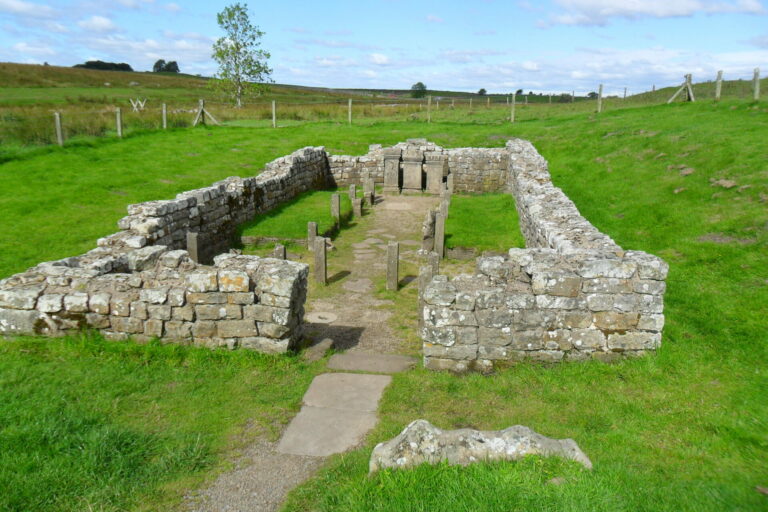
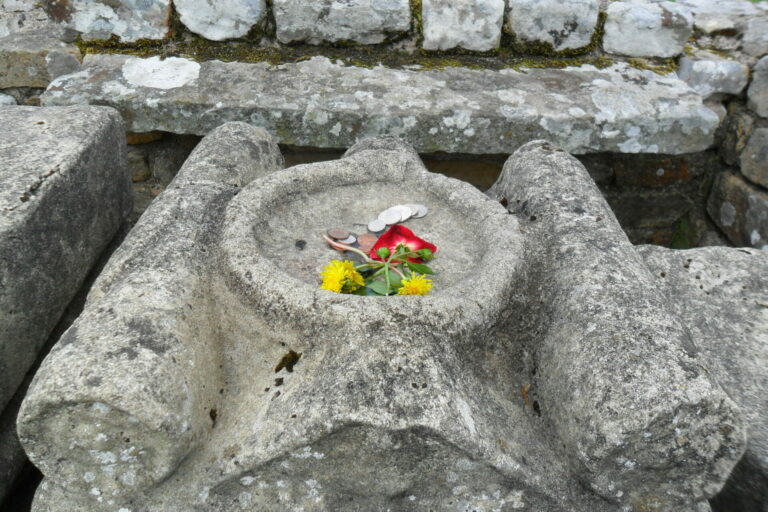
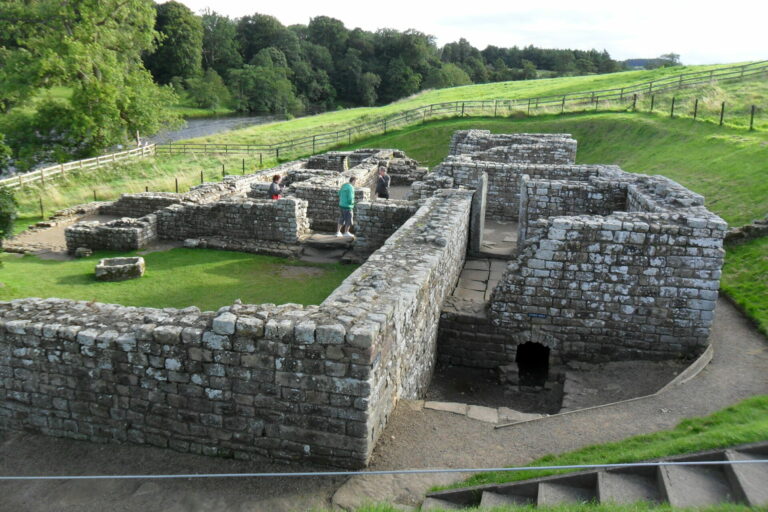
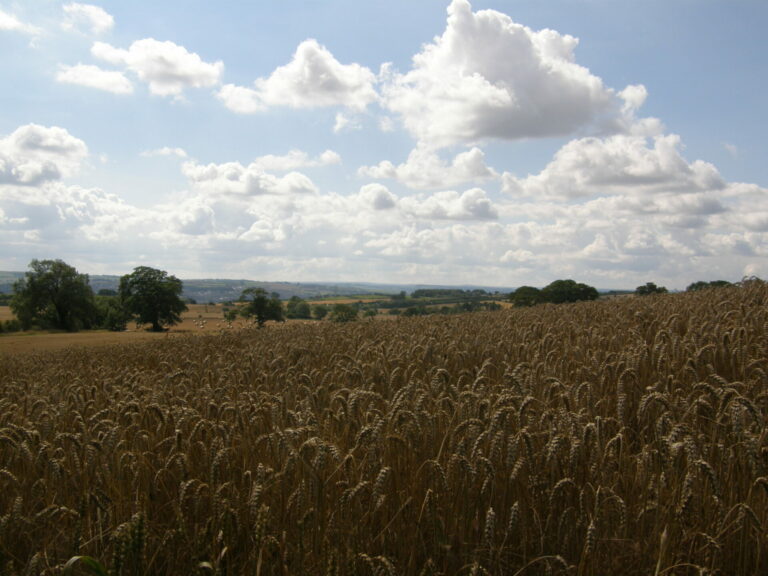
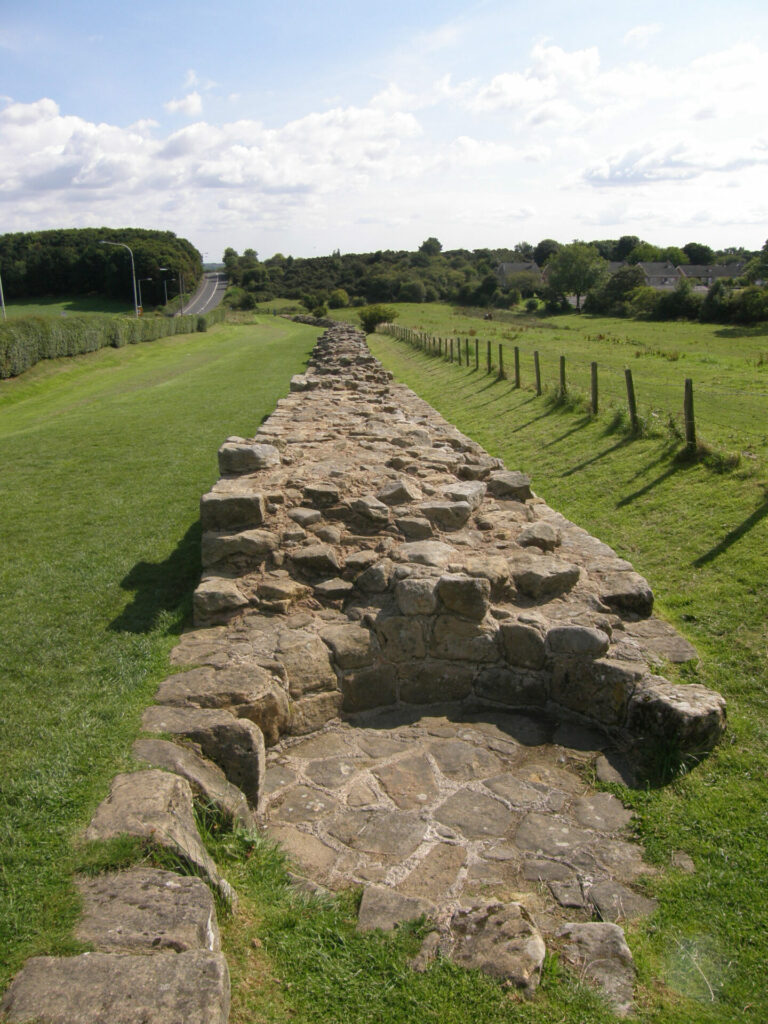


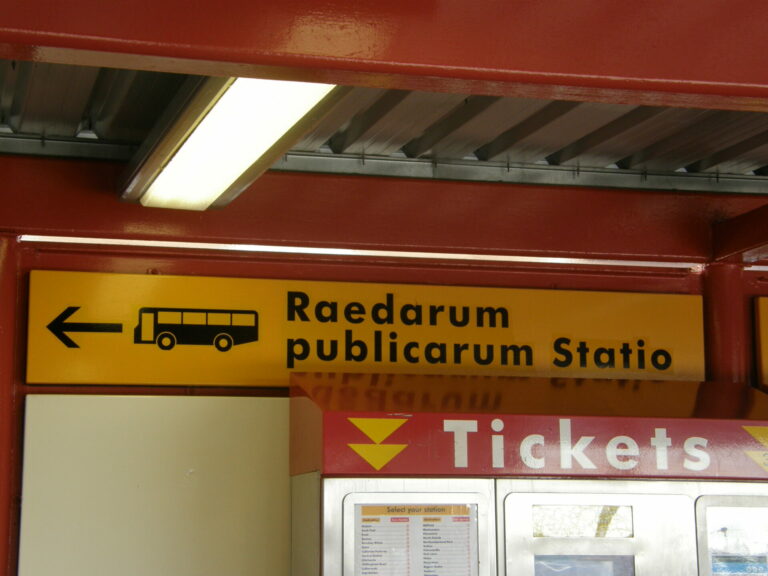
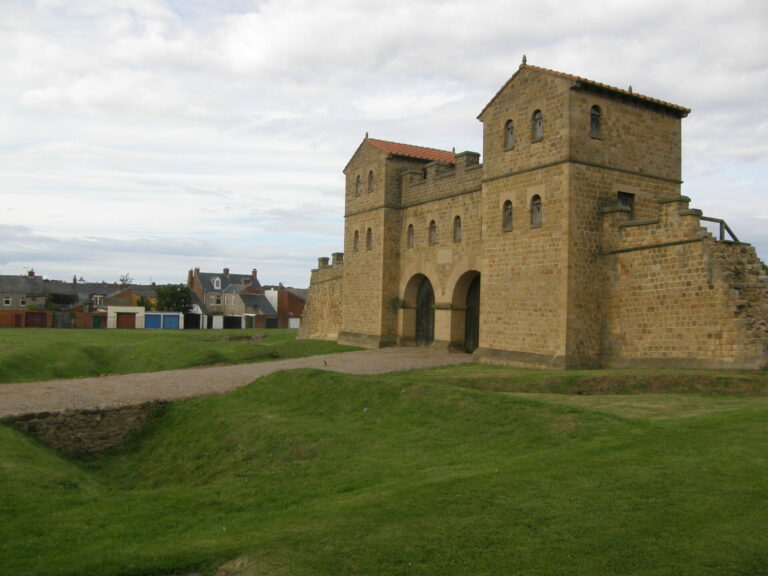
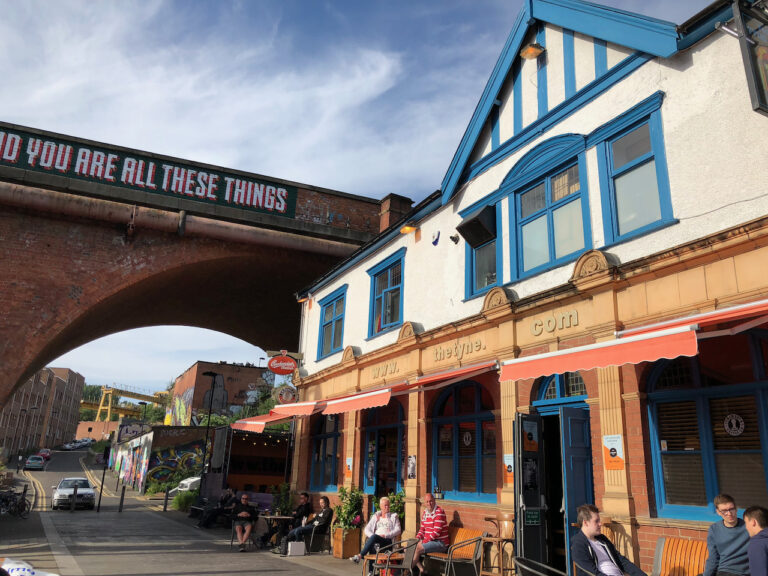

eclare
Amazing photos and history. Thank you.
Ten Bears
The White Bull, one on my tattoos ~ this is as close as I may ever get. Cool beans …
Wag
An excellent series. Thanks for sharing! Looking at it I wonder if the grain in the photo isn’t barley instead of wheat. Future ale?
J_A
Black pudding. So delicious. I can’t never understand how so that so many people don’t like it (*)
I guess that’s more for me. So not complaining at all
(*) including my northern Irish spouse. I always get his (**)
(**) Even at home. He cooks two equal Full English breakfasts in the weekends, and then lovingly puts his black pudding in my plate, so I get twice the allotted. portion. He’s sweet.
OzarkHillbilly
Thanx for the tour and the narrative, I’ve enjoyed it all.
WaterGirl
Athenaze and Ariobarzanes – this has been a great set!
There go two miscreants
Thank you for a very interesting series! The historical info was great.
comrade scotts agenda of rage
In 2022, we hiked the entire Wall and then some only from east to west. Put in about 100 miles in all.
scribbler
Really enjoyed this, both pictures and narrative. Your descriptions made the history come alive. Thanks!
evodevo
Anything ancient Roman has been a favorite of mine for years…always dragging the hubby to any ruins that are near when we go to Europe…thanks for these pics – very enjoyable
evodevo
@Wag:
You can tell it in the field by looking at how “hairy” the seedheads are…wheat the least and rye the most…
Jeffro
Reading these posts has been a real treat and I can’t wait to hike this trail someday! Thanks very much for sharing!
Nelle
Thank you for this series. I’ve forwarded it to friends looking for their next big hike. Even getting glimmers of ambition to do it myself!
kalakal
Thank you for this series, great sharing of your experience
Madeleine
Thanks so much for this series, so interesting and so beautiful.
LivinginExile
Time Team has had some episodes on different parts of the wall.
MelissaM
This was great! Thanks. I may have missed how you have been able to do this – are you based in the UK?
Ariobarzanes
@MelissaM: Nope! We’re in the US. This is how we chose to spend a couple of vacations–one in 2010, one in 2018. :)
Ariobarzanes
@Nelle: We also highly recommend the Greek island of Andros. It has a great network of trails. The hiking there, though, is definitely a bit more challenging than the hiking along Hadrian’s Wall. There are a lot more ups and downs, and from late May through September the heat can be brutal.
Our Andros trip–On the Road, Part I
Our Andros trip–On the Road, Part II
twbrandt
This has been a fun series! Thanks.
cope
This has been a very entertaining and enlightening series, thank you. There is little chance I will ever get to see even a bit of the wall so it has been fun experiencing it vicariously through your presentations.
Thanks again.
Scott P.
I am a Roman archaeologist, so one correction here: there doesn’t seem to be any connection between the god Mithras and the Persian god Mitra. They didn’t emerge in the same context, the mythology and iconography of Mithras is very different from Mitra. As far as we can tell, Mithras was a wholly Roman creation.
Torrey
These pictures are amazing–and educational, and I really appreciate the detailed write-ups. I’d love to visit the area but I may or may not have the chance, and I will definitely not be doing the hike, alas, so I am especially appreciative of the opportunity to appreciate it via this travelogue
billcinsd
@LivinginExile: Birdoswald was a great episode
Ariobarzanes
@Scott P.:
I would say that the situation is much more complicated than this.
It’s clear that Ancient Greek and Roman authors believed Mithras to be a Persian god (e.g. Statius, Theb. 1.719-729; Euboulos, quoted in Porphyry at Abst. 4.16 and De Antr. Nymph. 6).
The crux of the debate at present seems to be whether Mithraism as practiced in the Roman Empire was a mostly a Roman/Hellenistic religion with Persian-ish elements thrown in as “flavor”, or whether it contained some authentic Iranian elements (or at least Iranian elements mediated by Hellenistic interpretations of Mitra).
As far as I can tell, there was a pushback in the 80s, 90s, and 00s against the view that there were legitimate Iranian elements within Mithraism. Lately, however, people writing about this stuff seem more willing to believe that the mythology of Roman Mithras was in fact influenced by various Hellenistic/Anatolian interpretations of the Persian god Mitra, or even by some legitimate Iranian traditions, even if the material culture of Mithraism looks decidedly non-Iranian (and makes it clear that Mithraism per se didn’t really exist until the late first century CE).